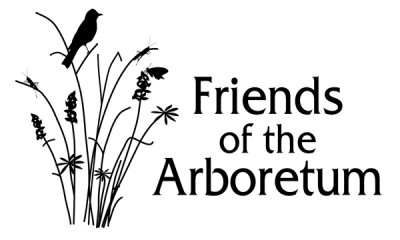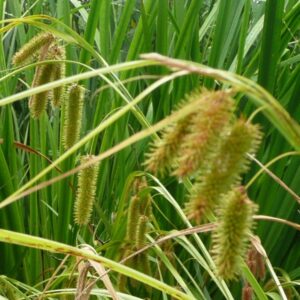COMMON NAME: Bristly Sedge, Longhaired Sedge, Bottlebrush Sedge
SCIENTIFIC NAME: Carex comosa – The Latin word for sedge is carex and it comes from the Greek word kairo which means “to cut” referring the long narrow leaves of many sedges with their sharp edges.
FLOWER: Culms rise above the foliage, sometimes as high as 5 ft., and form large chartreuse bottlebrush shaped spikes.
BLOOMING PERIOD: July, August
SIZE: 2 – 3 feet
BEHAVIOR: It spreads very slowly by rhizomes. It will form porcupine like clumps and colonies.
SITE REQUIREMENTS: Sunny, moist or wet sites. It is essential that the soil remain moist. It is often found in shallow standing water. Indigenous to swamps, seeps, lake margins, wet meadows and ditches.
NATURAL RANGE: It is native to Eastern and Central North America, especially in states bordering the Great Lakes. In Canada it is found in southern parts of Quebec, Ontario and British Columbia.
SPECIAL FEATURES: This is a good specimen for a rain garden with its need for moist or wet soil. The leaves are thin (about ¾ in.) and 18 to 36 inches long, folded a bit to be keel shaped. The bottlebrush like culms form light brown seed spikes that are attractive to wetland birds. The Sedge Wren feeds and nests in sites dominated by wetland sedges.
SUGGESTED CARE: Space the plants 18 – 24 in. apart and be sure to keep the soil moist.
COMPANION PLANTS: Swamp milkweed, Cardinal flower, Northern blue flag (Iris), Soft rush, Fox sedge,

